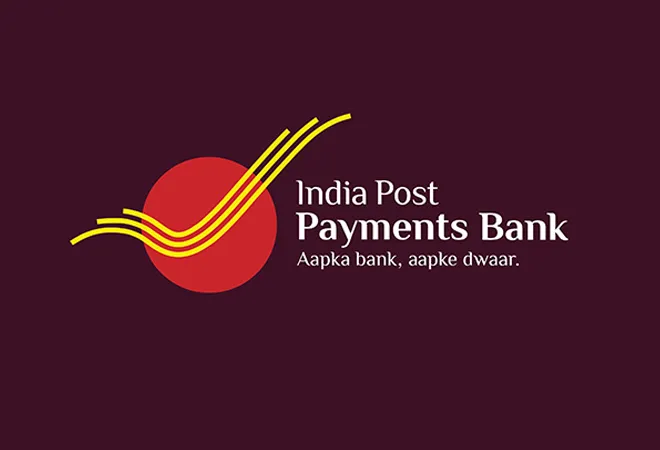
155,000 postal offices. 650 bank branches. 300,000 postal employees. 10,000 plus postmen.
These are numbers that the Prime Minister will quote when he launches the India Post Payments Bank (IPPB) at Delhi’s Talkatora Stadium along with Communications Minister Manoj Sinha on 1 September 2018. The opportunities and possibilities surrounding the IPPB are numerous, and the financial inclusion landscape in India could witness a tectonic shift in the near future. Leveraging the largest network of postal offices in the world, 140,000 of which are in rural India, the IPPB could go on to achieve the ambitious goal of providing digitally driven financial services to places where no commercial banks are able to reach today.
As a payments bank, the IPPB would allow a large cohort of Indians to sefamlessly open bank accounts, provide deposit and withdrawal services, and offer access to payments services that have so far been missing from their banking portfolio. It would also go a long way in breaking the infamous ‘liquidity preference’ or the habit of keeping money in cash or gold, and revitalise the cycle of money and income, by making micro-savings a reality.
One can reasonably argue that India Post too has been offering a handful of banking services for ages now. It provides a savings account, withdrawal and deposit services, and offers a meticulous record of all such transactions in the passbook. However, it does not provide loans, akin to a payments bank. Hence, what differentiates IPPB from its ancestor is in its value proposition of providing a technology-driven payments infrastructure while retaining the pervasive nexus of India Post’s physical offices. These offices will go on to function as banking access points for IPPB. And an army of more than 10,000 postmen, going from home to home, providing door-to-door banking services gives IPPB an advantage over existing players like PayTm that lack presence in rural India and are frantically looking for ways to make inroads.
While the underlying potential of the IPPB is enormous, there are significant shortcomings associated with it too. In order to ensure that the company is not reduced to one of the many government-owned loss-making machines like Air India, it is imperative that the government does not ignore the threats that IPPB might face in the months to come. There are two immediate threats looming.
First, financial. The legacy of government institutions casts a significant shadow over the success of IPPB. In the financial year 2016-17, India Post had a revenue deficit of Rs 11,969 crore, an increase of Rs 5,962 crore or almost double over the previous year’s deficit. It’s technology infrastructure is archaic and inferior to private banks. Since the IPPB is entirely owned by the Government of India, it is likely that the Department of Post (DoP) will continue to oversee its operations. Such government involvement could lead to IPPB being entrenched in a quagmire of bureaucracy and impede it from competing in a dynamic industry like banking.
The RBI’s stringent norms and regulations for payments banks will make it all the more difficult for IPPB to turn a profit. According to the RBI, all payments banks are required to invest 75% of their total demand deposits in government-linked securities and Treasury bills, the August 2018 yield on which stood between 6.2% and 7.3%. Hence, it is unlikely that IPPB would be in a position to profit from its deposit services since it promises to pay an interest of 5.5% per annum on its savings account.
And second, pricing. Where the IPPB could look to profit from is through their payments service offerings, and by bundling insurance and other third-party products along with its services. Its official website lists bill and utility payments including DTH, water and gas as some of their offerings. However, it is implausible that a farmer who is unable to provide for his child's education and is barely making ends meet would make use of such services.
Besides, a look at its website reveals that the bank would be charging Rs 25 per transaction for every cash withdrawal and cash deposit and Rs 15 per transaction for all other digital transactions while availing the doorstep banking services. Levying such charges is undesirable, both socially and commercially, and could sound the death knell for IPPB since customers in rural India would be unwilling to pay such fees for depositing and withdrawing their micro-savings.
While the advantages enjoyed by IPPB are enviable, it needs to cross over these two hurdles — financial and pricing — to prevent itself from becoming another Air India. Certainly, IPPB has a head-start over the competition in terms of reach, access and credibility among rural India. But it needs to recalibrate its action plan and address the above challenges. How it does so following its launch on 1 September will decide its long-term sustainability.
The author is a research intern at ORF Delhi.
The views expressed above belong to the author(s). ORF research and analyses now available on Telegram! Click here to access our curated content — blogs, longforms and interviews.




 PREV
PREV

